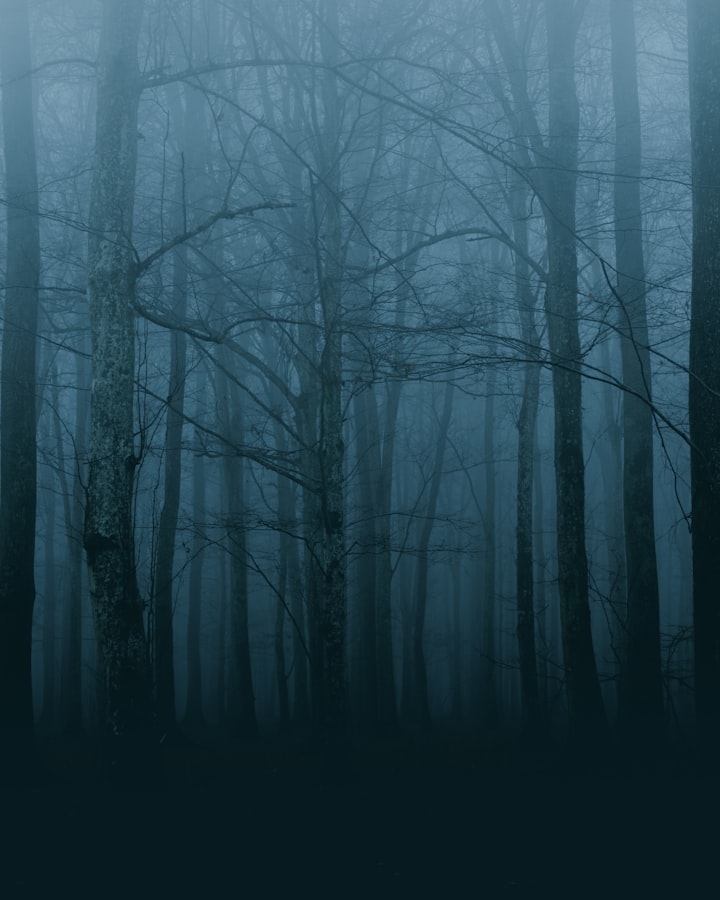Untangling Philippine Urban Legends through Mainstream Media and Literature
Who are the Aswangs?

When you close your eyes, recall the glow of screens, the noise in cinemas, and the exhilaration of digesting several favorite scenes. It is time that we try to discuss something closer – our Philippine urban legends going mainstream. As tales whispered by our lolas move into the spotlight of mainstream cinema and literature, it’s time to taste the spicier flavors: chills, cultural rhythms—legends projected on screen and within pages.
The Aswang: A Cinematic Metamorphosis
Unlock the door to the aswang - the creature that evolved from a story once narrated by our lolas at midnight. Today, it has soared from oral traditions to movie screens, TV shows, and even literature. "Gimo Jr. and the Aswang Clan” is a Filipino middle-grade novel that offers an updated take on folklore, portraying the aswang not just as a terrifying enemy but also as a person –a nuanced being dealing with prejudice and societal phobias.
It is a challenge to strike a balance between scares and cultural sensitivity. Films like "Aswang" (2011) by Jerrold Tarog and "Tiktik: " The Aswang Chronicles" (2012) by Erik Matti featured the aswangs as horror icons. Yet, the question remains: Are these representations homages to cultural heritage or Hollywood horror caricatures? When you encounter the aswang, on-screen or in books – is its transformation a cultural resonance of a Westernized scream?
Balete Drive Ghost: Spooky Cinematic Landscapes and Literary Worlds
Imagine walking along Balete Drive at night when ghost stories sound, making you shiver coldly. It is a popular fixture in cinema, television dramas, and literature.
However, entertainment versus cultural sensitivity continues to be an issue. Films such as “Shake Rattle & Roll 2” (1990) and “White Lady complicate the spectral narrative with excessive scares. Whenever the Balete Drive ghost appears on your television screen or bookshelf, we stop for a moment and ask ourselves whether it offers a respectful depiction – does this presentation rise to our cultural legacy’s standards or simply raise fictional eyebrows about folklore?
The Manananggal's Cinematic Dance and Literary Expression: Tradition and Empowerment
Ah, the manananggal – a ghoulish human-eating monster that may have given you nightmares as a child. We observe a cinematic change in "Shake, Rattle & Roll" (1984). The creature emerges as a symbol, as a metaphor of duality, the ambiguities of womanhood and women’s power – an impression typical for contemporary society.
But this development leads to a tight wire walk between, on the one hand, empowerment and, on the other hand, movies like T’yanak (2014) and Impaktita (1989), which connect myth to modernity. This transition is also depicted in books, as the beast makes its way to pages with terror and power when you watch the evolution of manananggal in cinematic form or see it progress from within a book's pages.
Navigating Digital Narratives
The modern era of memes, TikToks, and viral challenges has provided new forms to our folklore. New forms of media present these legends with the digital era while trying to preserve cultural imports. In digital form and bite-sized clips, such legends risk losing the layers through which depth is presented and the context that makes them rich narratives.
We become torchbearers of these stories. Share them with confidence and also remember their cultural importance. Whenever the aswang goes viral, or Balete Drive ghost becomes a trending topic, consider centuries of stories laced in these urban legends.
Our Filipino urban legends now live in the media, and no longer whispered. They have entered the world of mainstream media, meaning that they balance tradition and modernity on television and in books. It allows you to focus on subtle details because these descriptions provide thrills and chills along the way. Are these representations mere respectful nods to our roots, or have they succumbed to the allure of sensationalism?
In an era when screens govern minds and stories determine identity, our Philippine ghost tales transcend mere specters of the macabre. They become images of our struggles as Filipino American teens moving in this culturally diverse world. Be these legends' narratives, challenge their characterizations, and, most importantly, be a storyteller yourself. Your hands turn our folklore into a product that achieves growth, freed from the shackles of digital transformation and literature pages while maintaining the essence of cultural heritage. Therefore, let the narratives be relayed and allow conversations to take shape; may our folktales settle in a generation living between two seas of time.
About the Creator
Raymond Cerulean
Raymond B. Cerulean is a former college football player, linguist, and aspiring actor and model.






Comments (1)
It's very interesting.